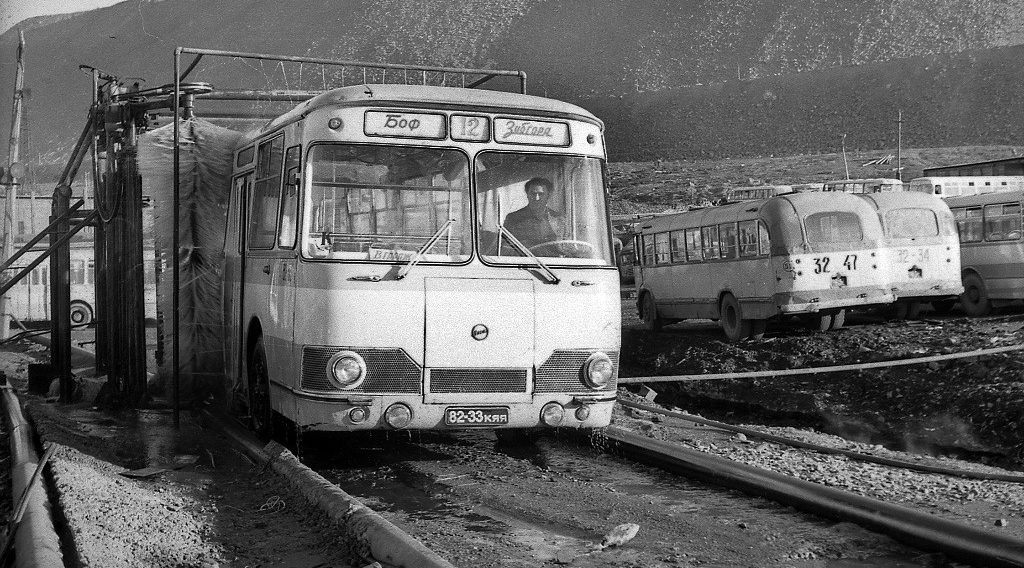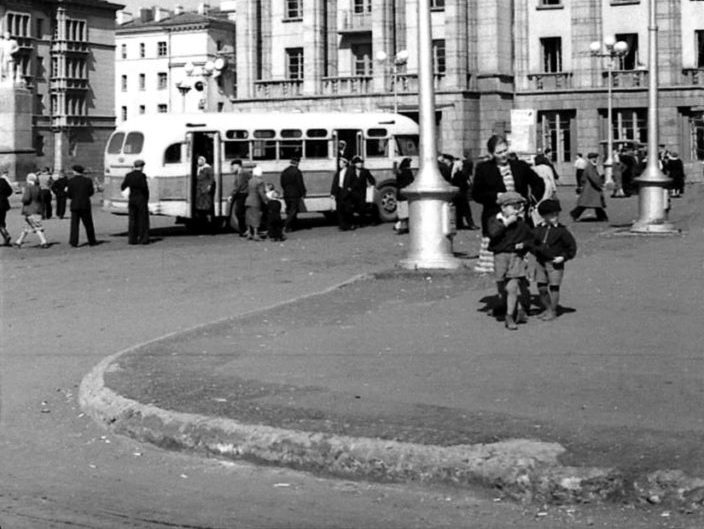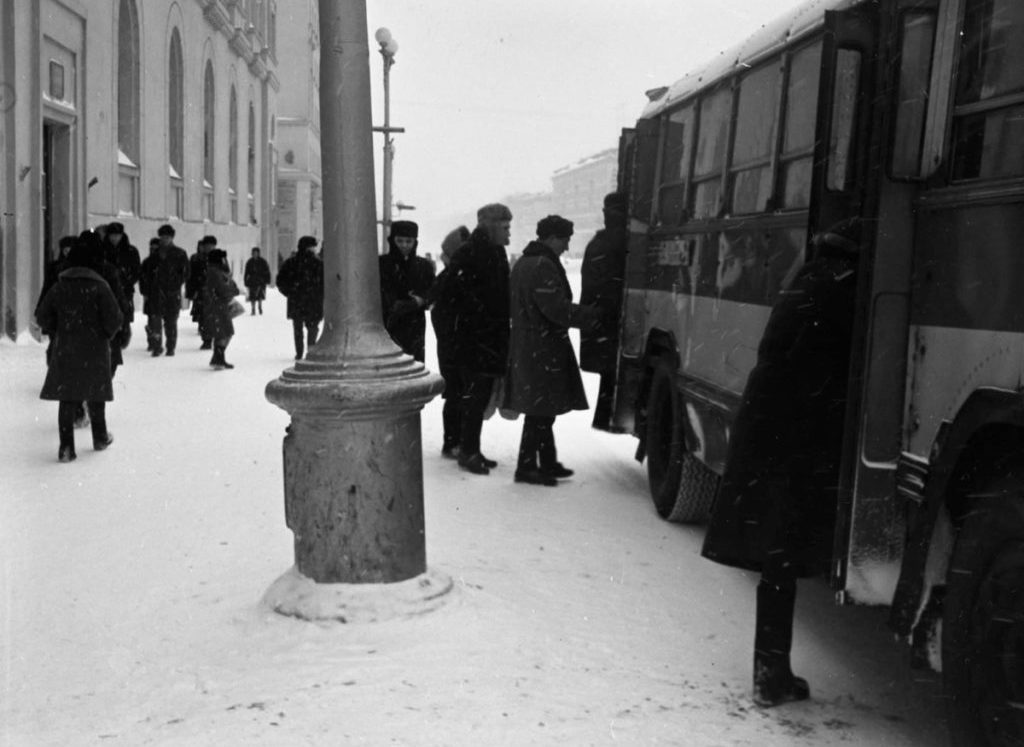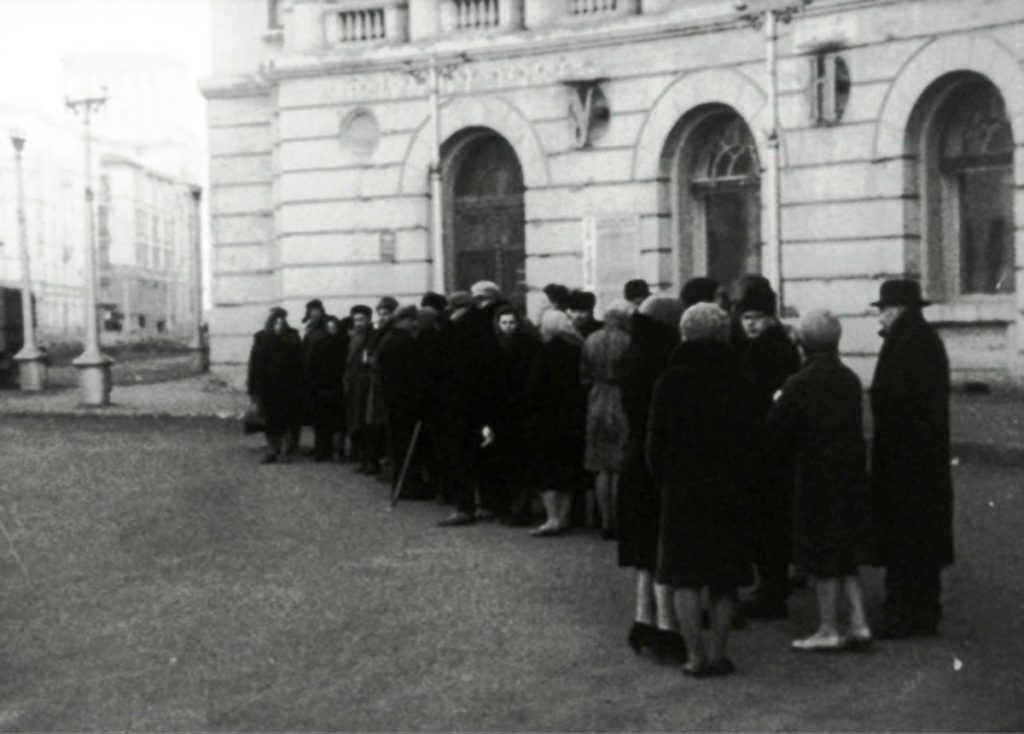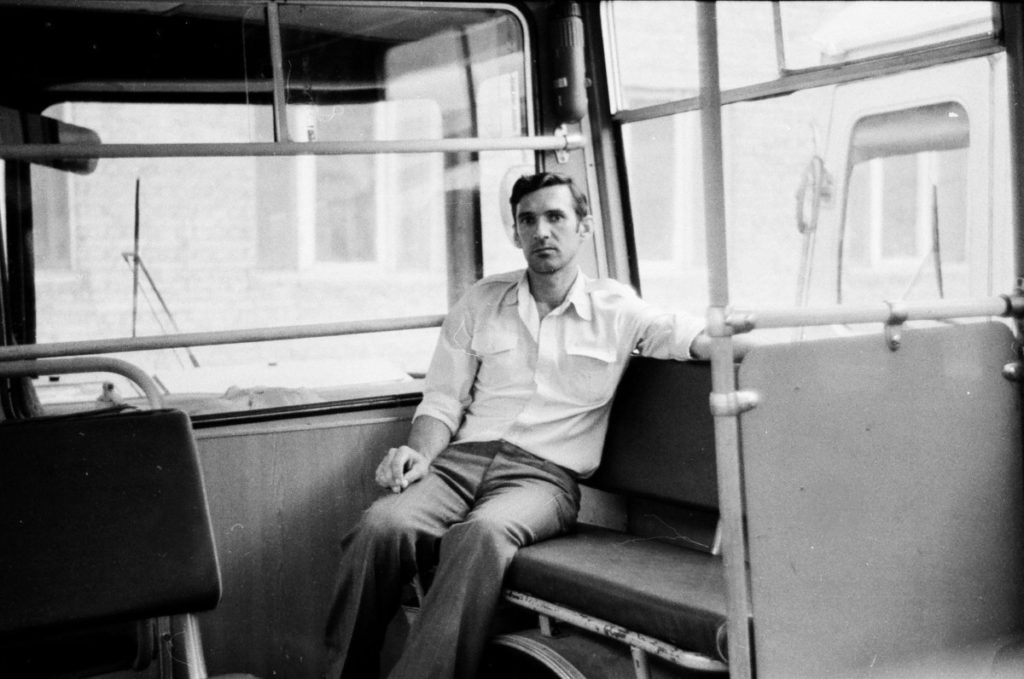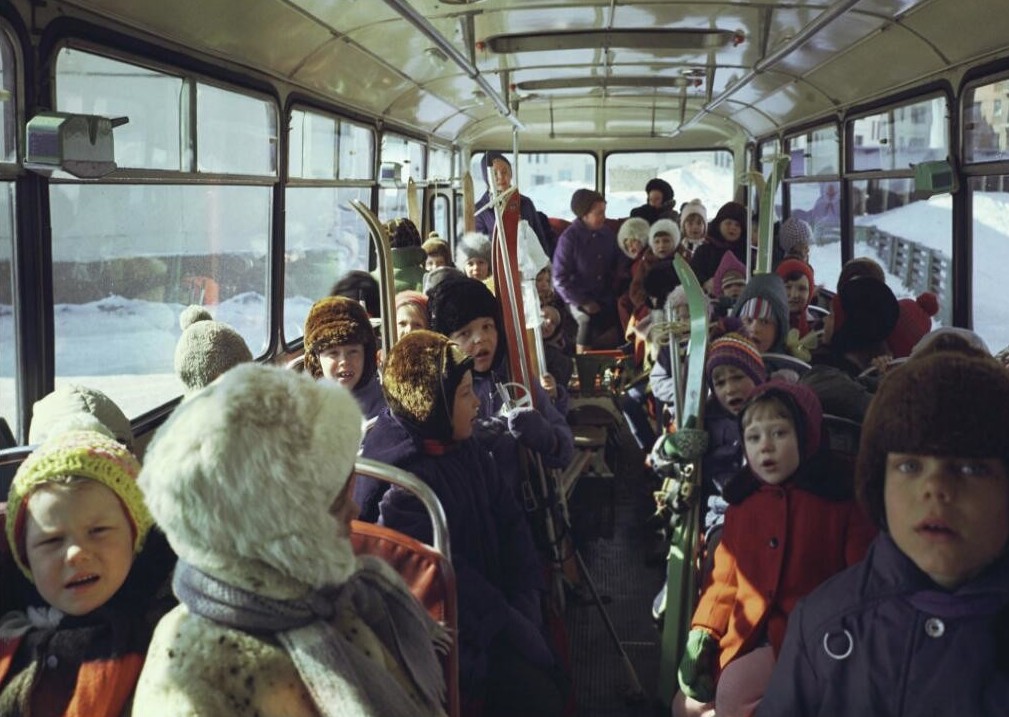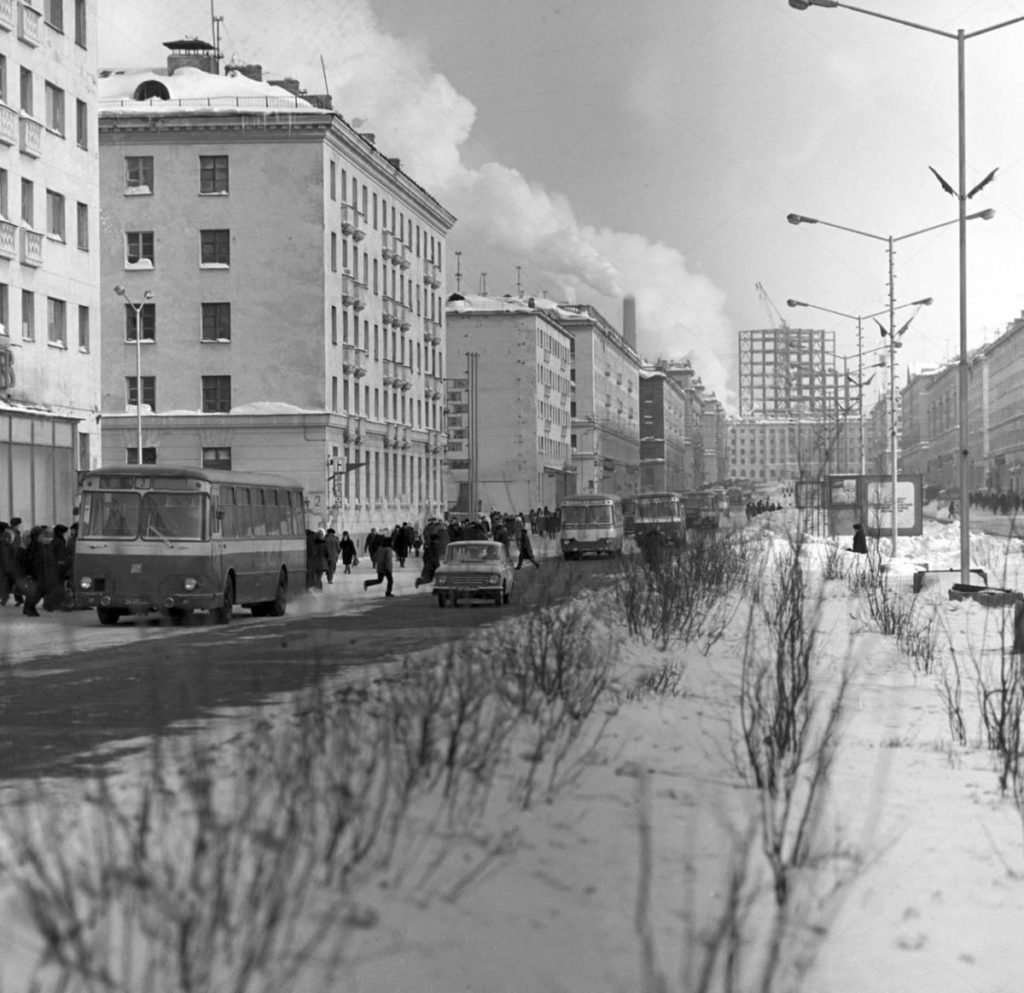#ARCTIC. #SIBERIA. THIS IS TAIMYR. In the first Norilsk buses, the fare was not fixed: there was no single tariff; the conductor was paid for the number of stops traveled by the passenger.
The timetable was also rather arbitrary: linear traffic controllers worked on the streets and redirected buses to where they were needed.
In the late 1960s, a large-scale reorganization of public transport began. At that time, Norilsk began to grow rapidly; new streets appeared – Leningradskaya, Talnahskaya, Nansen, Ordzhonikidze, Krasnoyarskaya, Begicheva. New stops and intracity routes followed them.
All that required a new scheme of transport. The routes were divided into urban and suburban. For the city, a single tariff was established – ten kopecks, and travel passes for a month were also introduced.
On suburban buses, the fare still depended on the number of stops – each for five kopecks. Therefore, the way from Norilsk to Valyok was summed up at 20 kopecks, and to Talnah – at 45. The money was put into cash-boxes – the conductors were abolished.
However, the reliance on passenger honesty was not justified, and Norilsk was one of the first in the RSFSR to switch to cashless service. In February 1973, buses were equipped with composters, which were used to puncture pre-purchased tickets.
In the same 1973, the first warm buses produced by the Lviv Automobile Plant appeared in Norilsk. The 1970s were characterized by a sharp increase in the demand for bus passenger transportation. The townspeople had to be transported to Talnah, Kayerkan, Alykel and to the Nadezhda metallurgical plant under construction. Old buses ZIL-158 and a small number of PAZs could not cope. And the purchased LAZ-695M, as well as the LiAZ-677 that appeared at the same time, served the Norilsk people faithfully for many years, and the latter traveled around the city back in the 2010s.
In the last issue of the History spot photo project, we talked about the Norilsk electric train, which arrived at Leninsky Prospect.
For other issues of our photo project about the history of the city and the combine, go to the History spot section.
Follow us on Telegram, Instagram and Facebook.
Text: Svetlana Samohina, Photo: Nornickel Polar Division archive
